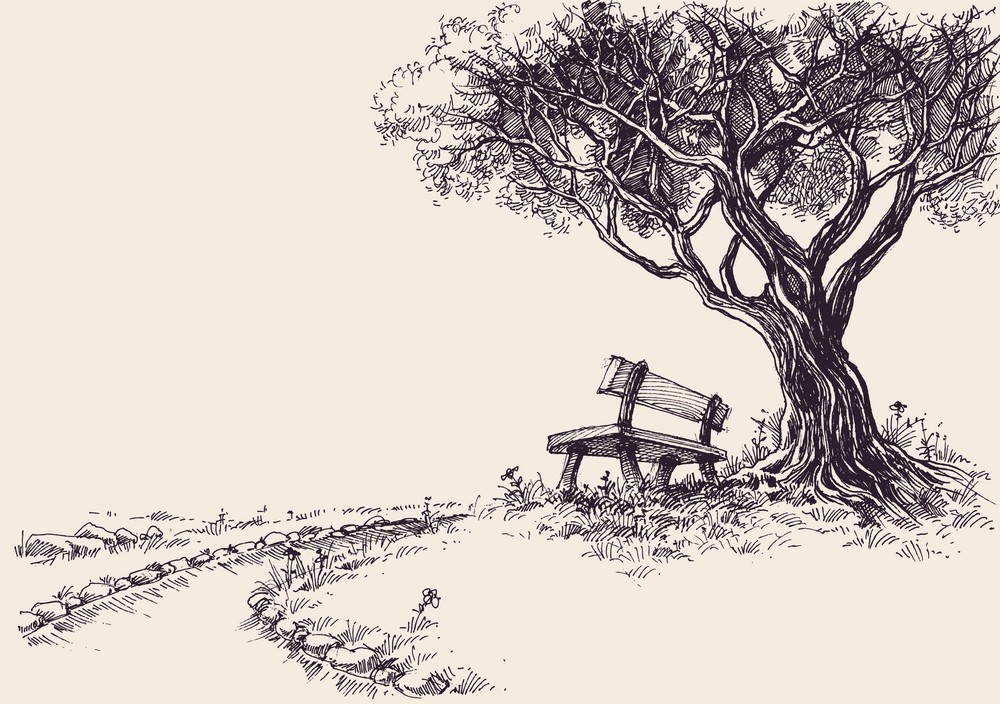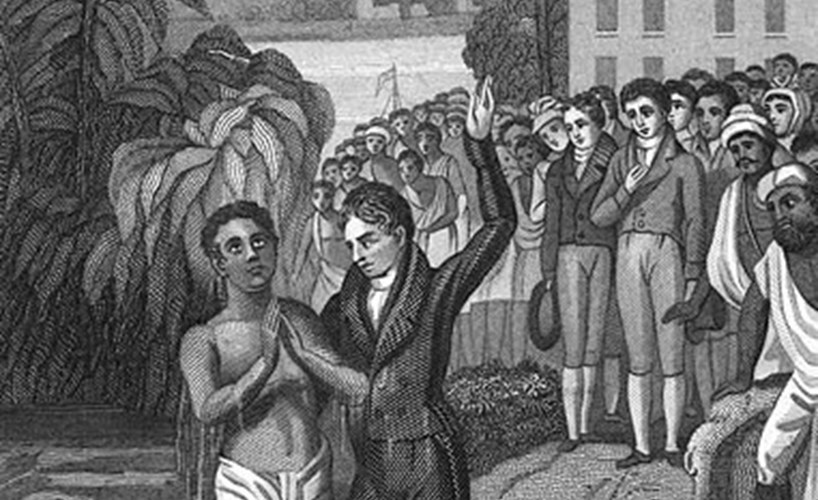- Visitor:36
- Published on:
Revisiting “The Beautiful Tree” – 3
The number of Indians who studied before the modern age was much higher than that number in Europe. Even more than that in a survey in Madras Presidency during 1822-55 it was found that the number of those who were instructed at homes was nearly five times the number of those who were instructed in the schools. This article looks into these figures.

Home Education
Another crucial fact that emerged from the reports of the various collectors was that, there was almost a parallel system of children being educated at homes. [1] However, it was only the collector of the Madras District, L.G.K. Murray, who gave detailed information on the number of boys who were so instructed at home. In his first report of 13 November 1822, Murray mentions that there were 5,699 students who were studying in 305 schools and 17 “charity schools” (Dharampal 1983:113) of the Madras district.
Murray also submitted another report on 12 February 1825, which he considered “to be more correct” (Dharampal 1983:226), where he repeated the above figures for those who were instructed in schools, but, in addition, he also noted that there were 26,963 students who “received private tuition at their own houses” (Dharampal 1983:232-233). Thus, the number of those who were instructed at homes was nearly five times the number of those who were instructed in the schools. [2]
In his minute written one year later on 10 March 1826, Munro seems to be intent on downplaying the fact that there were a large number of students who were receiving instruction at home. He therefore makes the invidious suggestion that “there is probably some error in this number” (Dharampal 1983:248). [3] Munro still has to concede that “the number privately taught in the provinces does certainly not approach this rate, it is no doubt considerable, because the practice of boys being taught at home by their relations or private teachers is not infrequent in any part of the country.” (Dharampal 1983:248)
Hence, Munro makes a modest increase in the estimate of the number of boys of the school-going age who were receiving instruction, when those who were being instructed at home are also included: “I am, however, inclined to estimate the portion of the male population who receive school education to be nearer to one-third than one-fourth of the whole, because we have no returns from the provinces of the numbers taught at home.” (Dharampal 1983:248, emphasis added)
This suggestion of Munro is clearly a gross underestimate of the number of boys who would have been receiving instruction in ca.1825 under the indigenous education system. If it is assumed that the number who were instructed at home in the other districts were also as large (nearly five times) in comparison to those who were instructed in the schools as was reported in the case of the Madras district, then it would result that almost all the boys of school-going age would have been receiving instruction either in the schools or at home!
Even if it be assumed that the number of boys instructed at home was on the average about twice the number of those instructed in the schools, [4] then it would result that nearly two-thirds (or around 65%) of the boys of schools-going age would be under instruction, instead of one-third as suggested by Munro.
It is also important to note Munro’s remark that the extent of indigenous education in Madras Presidency was “higher than it was in most European countries at no very distant period” (Dharampal 1983:249); and that it was “no doubt been better in earlier times” (Dharampal 1983:249). Munro also notes that the state of education in India was “low… compared with that of our own country” (Dharampal 1983:249).
The state of indigenous education system in Madras Presidency in ca.1825 compared very favourably with what prevailed in England at the end of eighteenth century; but while there was a rapid growth in popular education system in England in the nineteenth century, such was not to be the case in the Presidency or in any other part of India.
Munro does not take any note of the detailed data on the students belonging to different communities that was provided in the reports of the collectors. He merely remarks that “the proportion educated is very different in different classes; in some it is nearly the whole; in others it is hardly one-tenth” (Dharampal 1983:248). Details of the actual data presented by various collectors on the number of students belonging to different communities will be discussed in the next section.
References
- The fact that, apart from those studying schools, a large number of students were being instructed at home, was also noted by Adam in his survey of indigenous education in Bengal (Adam 1836:32).
- It may be noted that of the total of 5,699 students studying in the schools, 5,523 were boys and 176 girls. Of the 26,963 who were studying at home, 26,446 were boys and 517 girls. In Tables I and II, only the data on boy students is included.
- As Dharampal notes in this connection, “The data from Madras regarding the number of boys and girls receiving tuition at their homes is equally pertinent. In comparison to those being educated in schools in Madras, this number is 4.73 times. … Furthermore, the Indian part of Madras city at this period was more of a shanty-town. In comparison to the older towns and cities of the Presidency, it was a relatively badly organised place, the status of its Indian inhabitants being rather lower in the social scale than their counterparts in other places like Madura, Tanjore, Trichinopoly, etc. It may be quite probable, therefore, that the number of those privately educated in other districts, if not some 4 to 5 times more than those attending school as in Madras city, was still appreciably large. The observation of Thomas Munro that there was “probably some error” in the number given of 26,903 being taught at home in Madras city, which incidentally has been made much of by later commentators on the subject, does not have much validity. If the number had been considered seriously erroneous, a new computation for the city of Madras, to which alone it pertained, would have been no difficult matter, especially as this return had been submitted to the Governor a whole year before this comment. It was perhaps required of Thomas Munro as head of the executive to express such a reservation and it undoubtedly was the sort of comment which the makers of policy in London wished to hear.” (Dharampal 1983:33-36)
- In fact in the district of Madras, as may be seen from Table II, it was true for all the communities that the number of boys receiving instruction at home was indeed more than double the number of those studying in the schools. While, in the case of Brahmanas, the number of those who were receiving instruction at home was nearly 19-times those who were studying in schools, this ratio was indeed large also for Muslims (11), “Other Castes” (8) and Vaisyas (7); even in the case of the Sudras, the number of boys who were receiving instruction at home were more than double of those who were studying in the schools.
- 18 min read
- 0
- 0










